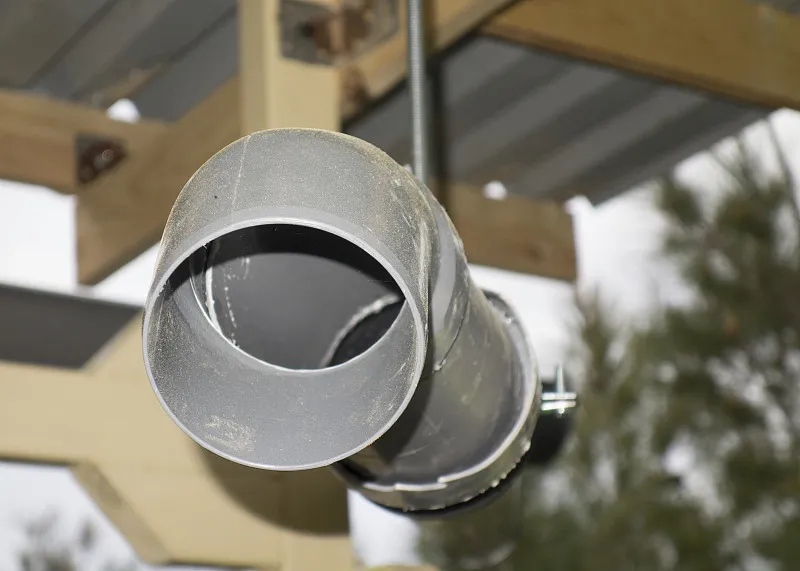Introduction
The global HDPE irrigation fittings market is set for significant growth by 2026. Forecasting market supply trends is crucial for manufacturers, distributors, and end-users. This article explores the key drivers, challenges, and future opportunities shaping the HDPE irrigation fittings market.
What Are HDPE Irrigation Fittings?
HDPE (high-density polyethylene) irrigation fittings are essential components in modern agricultural irrigation systems. They connect pipes and ensure efficient water flow, offering durability, flexibility, and resistance to corrosion. HDPE fittings are ideal for drip, sprinkler, and high-pressure irrigation systems.
Market Overview: Growth and Demand
The HDPE irrigation fitting market has seen rapid growth due to increased agricultural activities and a focus on water-efficient irrigation methods. Rising demand for high-quality irrigation systems in water-scarce regions further drives this trend.
Key Drivers for HDPE Irrigation Fittings Market
- Global Agricultural Growth
Expanding farmlands and crop production require advanced irrigation technologies. - Water Conservation Needs
Efficient water management systems promote the adoption of HDPE fittings. - Durability and Cost-Effectiveness
HDPE fittings reduce maintenance costs and extend system life.
Supply Challenges in the Industry
Despite high demand, the market faces supply chain hurdles:
- Raw Material Shortages: Fluctuations in resin availability impact production.
- Manufacturing Constraints: Limited production capacity in emerging markets slows growth.
Technological Advancements Boosting Supply
Recent innovations in HDPE production methods have streamlined manufacturing. Precision farming technologies rely on HDPE systems for efficient water distribution, further driving demand.
Regional Insights into HDPE Fittings Market
Regions like North America and Europe dominate HDPE production due to advanced infrastructure. However, Asia-Pacific and Africa represent emerging markets with immense growth potential.
Market Players Shaping the Industry
Major players include companies like JM Eagle, Isco Industries, and Pipelife. Strategic acquisitions and partnerships have strengthened their market presence.
Environmental Impact of HDPE Fittings
HDPE irrigation fittings contribute to sustainability by reducing water wastage and energy consumption. However, recycling challenges need addressing to minimize environmental impact.
Forecasting Supply Trends for 2026
- Production Growth: Annual production is expected to rise significantly.
- Market Value: By 2026, the market is projected to reach a multi-billion-dollar valuation.
Role of Governments and Policies
Government incentives for sustainable farming and irrigation encourage HDPE adoption. Policies aimed at water conservation further support market growth.
Competitive Landscape and Market Share
Leading manufacturers continue to dominate, but emerging players are gaining traction. This competition drives innovation and cost efficiency in the industry.

Key Innovations to Watch By 2026
- Smart Irrigation Integration: Advanced sensors and automation will pair seamlessly with HDPE systems.
- Material Enhancements: New HDPE formulations will increase durability and flexibility.
Impact of Global Events on Market Supply
Economic fluctuations and climate change pose risks to market stability. Manufacturers must adapt to changing demands and ensure steady supply chains.
Future Opportunities in HDPE Fittings Market
Developing regions present vast opportunities for market expansion. Additionally, HDPE’s use beyond agriculture, such as in industrial water systems, could boost demand.
Conclusion
The HDPE irrigation fittings market is on a growth trajectory through 2026. Rising demand for efficient and sustainable irrigation solutions, combined with technological advancements, ensures continued market expansion. Despite supply challenges, innovations and strategic investments will shape a robust future for HDPE fittings.
FAQs
- What are the benefits of HDPE irrigation fittings?
They offer durability, flexibility, and resistance to leaks and corrosion. - Which regions dominate HDPE fittings production?
North America and Europe lead in production, but Asia-Pacific is emerging. - How does HDPE contribute to sustainability?
HDPE fittings reduce water waste, support recycling, and promote efficient irrigation. - What challenges does the market face?
Supply chain issues, raw material shortages, and manufacturing constraints pose challenges. - How will the market grow by 2026?
The market is expected to grow significantly, driven by agricultural demand and innovation.


















